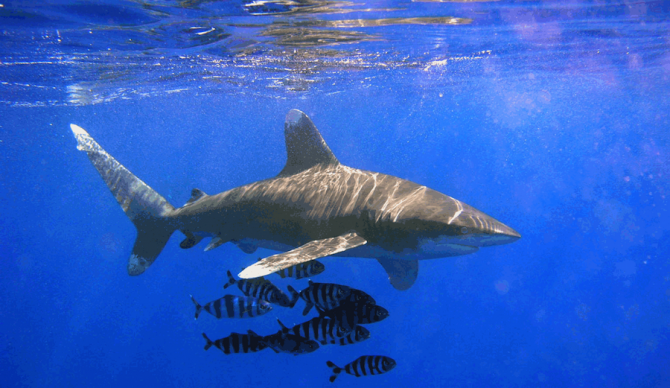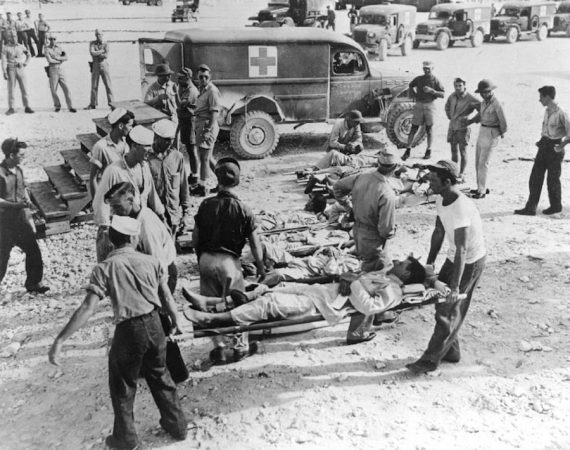Regular people tell ghost stories. Surfers tell shark stories. We respect the ocean and the creatures that dwell in it. Still, the remote possibility that something large looms beneath the surface ready to strike is an unshakeable reality that remains stubbornly in the back of the minds of many. Buttressed by recent events – an attack here, a sighting there – it’s no wonder beach communities around the world are perhaps more fearful than ever of sharks (see also: Kelly Slater calling for a shark cull.)
But more than fear, sharks demand reverence and there’s perhaps no more illustrative tale than that of the USS Indianapolis.
In what’s been called both the greatest tragedy in US Naval History and the deadliest shark attack in history, the tale of the USS Indianapolis is one of nightmares. It was recently made into the modern equivalent of a straight-to-DVD feature film starring Nicholas Cage – unfortunate because the true story has a plotline that feels like it was cooked up in Hollywood in the first place.
On July 28, 1945, the USS Indianapolis had just successfully delivered components for the atomic bomb that would eventually be dropped on Hiroshima to a naval base on the Pacific island of Tinian. En route to the Philippines to prepare for the invasion of Japan, a Japanese submarine torpedoed the Indianapolis twice – it sank in 12 minutes.

The oceanic white tip.
The survivors of the two blasts floated in the water, waiting for a rescue they weren’t sure would come. Presumably attracted by the blasts, the threshing water, and blood in the water, an unspecified number of sharks arrived on the scene. Based on survivors’ reports that the sharks fed on the surface of the water, historians are confident the sharks were oceanic whitetips. An article in the Smithsonian magazine puts the next few days this way:
“The first night, the sharks focused on the floating dead. But the survivors’ struggles in the water only attracted more and more sharks, which could feel their motions through a biological feature known as a lateral line: receptors along their bodies that pick up changes in pressure and movement from hundreds of yards away. As the sharks turned their attentions toward the living, especially the injured and the bleeding, sailors tried to quarantine themselves away from anyone with an open wound, and when someone died, they would push the body away, hoping to sacrifice the corpse in return for a reprieve from a shark’s jaw. Many survivors were paralyzed with fear, unable even to eat or drink from the meager rations they had salvaged from their ship…The sharks fed for days, with no sign of rescue for the men.”

USS Indianapolis survivors being taken to receive medical attention on Guam. Photo: Wikimedia Commons
A Navy plane spotted the men on their fourth day at sea. Another arrived within a few hours to rescue as many men as it could, and late that night the USS Doyle pulled the remaining survivors from the wreckage. It’s unclear how many men died from the either the initial blasts, heat exhaustion, or thirst, but historians estimate the oceanic whitetips killed anywhere from 12 to 150 men. In total, of the 1,196 man crew, only 317 were rescued.

